A few weeks ago, I traveled back to Germany to visit family and friends. While there, I had the chance to explore my father’s old camera gear, including several Exa cameras and lenses from Carl Zeiss Jena and Meyer-Optik Görlitz (all in Exacta mount). These were the tools I first learned photography with, so I was excited to test the lenses on my Olympus E-M10. I was curious to see how these vintage lenses would perform on a digital camera and whether they could still hold up against modern ones. Some lenses, like the Meyer-Optik Telemegor 300 mm f/4.5, were too large and heavy to be practical for me. In the end, I brought three lenses back with me. During my trip, I tested them on several occasions, but didn’t have enough time to thoroughly examine their qualities. In this post, I’ll briefly introduce these three new additions to my lens collection. I’ll provide more detailed reviews of each lens later, starting with Part 1.
Meyer-Optik Görlitz Lydith 30mm f/3.5
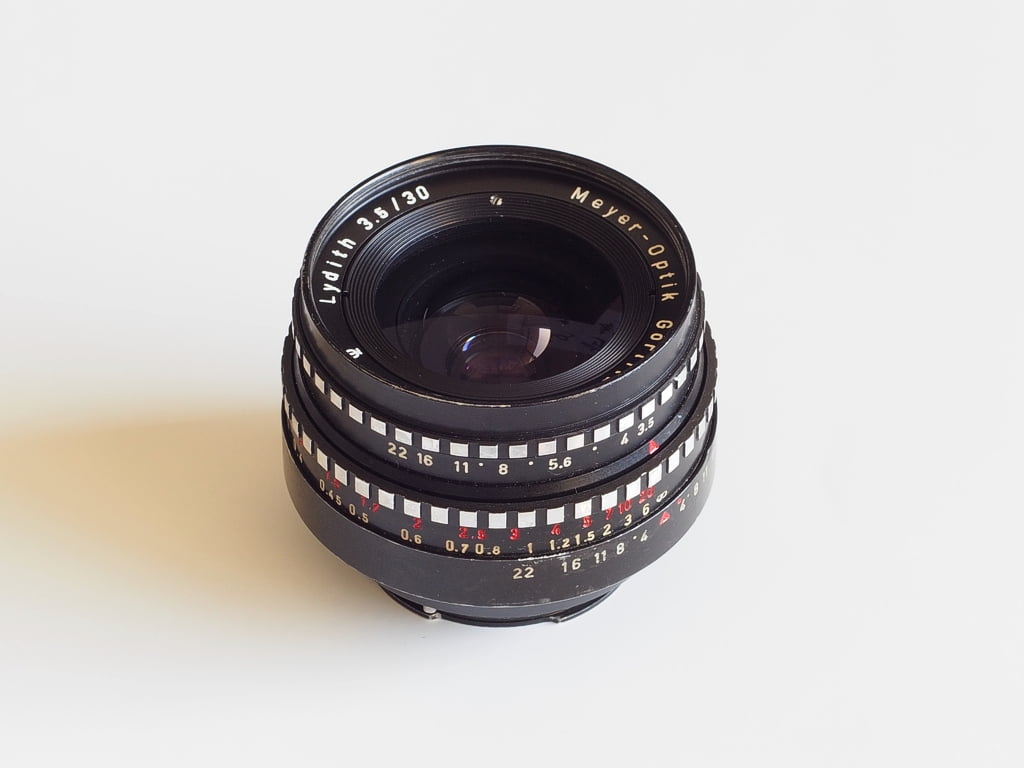
Meyer-Optik may not be widely known today, but it was once a leading lens manufacturer. Founded in 1896 in Görlitz, Germany, the company quickly grew, producing a variety of lenses. By the 1930s, Meyer-Optik offered a wide selection of high-quality interchangeable lenses, comparable to Zeiss lenses but at a lower price. After World War II, the company was re-established, but by the late 1960s, it merged with Pentacon and Ihagee into “Kombinat VEB Pentacon Dresden.” In 1985, it became part of Carl Zeiss Jena.
The Lydith 30mm lens was introduced in 1964, and after Meyer-Optik was rebranded as Pentacon in 1971, this lens is now between 44 and 51 years old. It’s a compact lens, measuring 5 cm in length and 5.5 cm in diameter, and weighing 177 g. It features 5 lens elements in 5 groups, a closest focusing distance of 33 cm, and a non-rotating front element during focusing. The diaphragm has 10 blades, with an aperture range from f/3.5 to f/22, and the aperture ring allows for continuous adjustment, which could be useful for video shooting. Though the 30mm focal length is a bit unusual, on a micro-four-thirds camera, it provides a 60mm equivalent field of view, making it an interesting alternative to a standard lens. The first photos I’ve taken with it look promising, and I’m pleasantly surprised by the optical quality of this vintage lens.
Here are some photos I took with the Lydith lens. For a full review and additional example photos, click here.

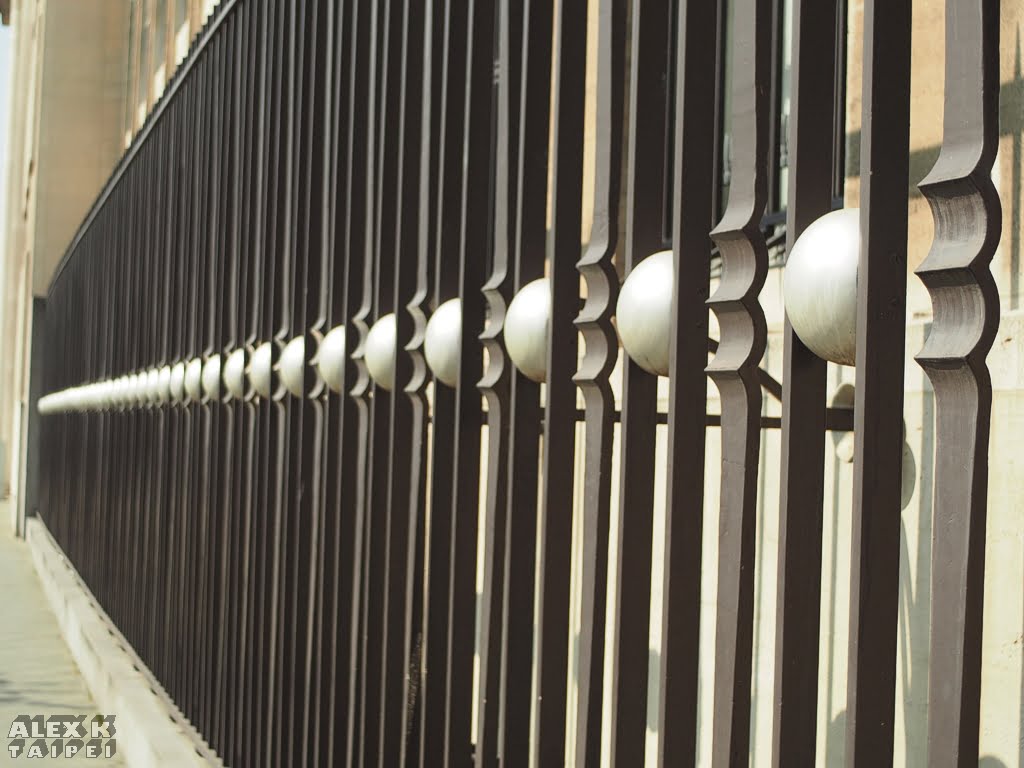
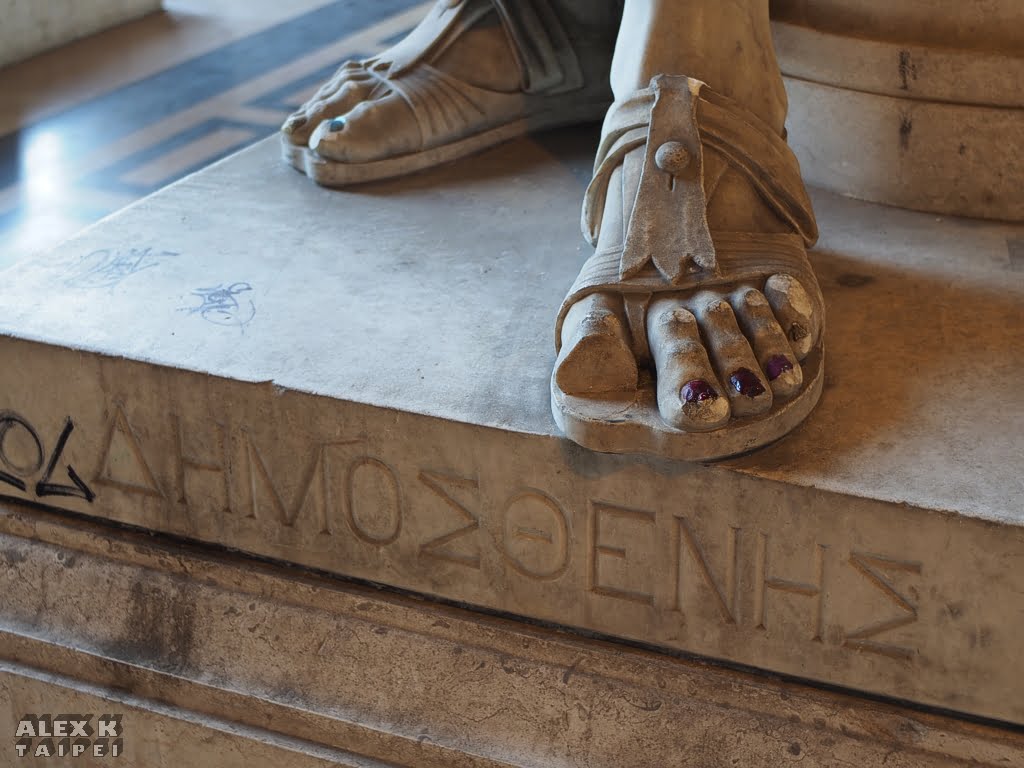
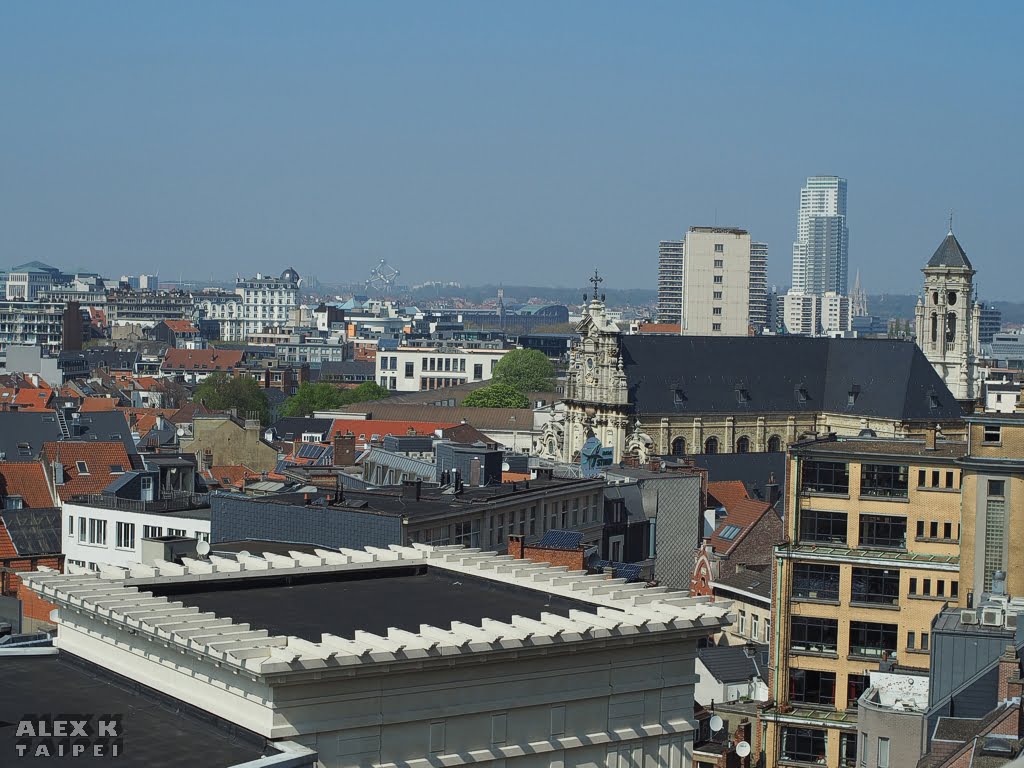
If you like this content and don’t want to miss new blog posts, consider subscribing to our newsletter!
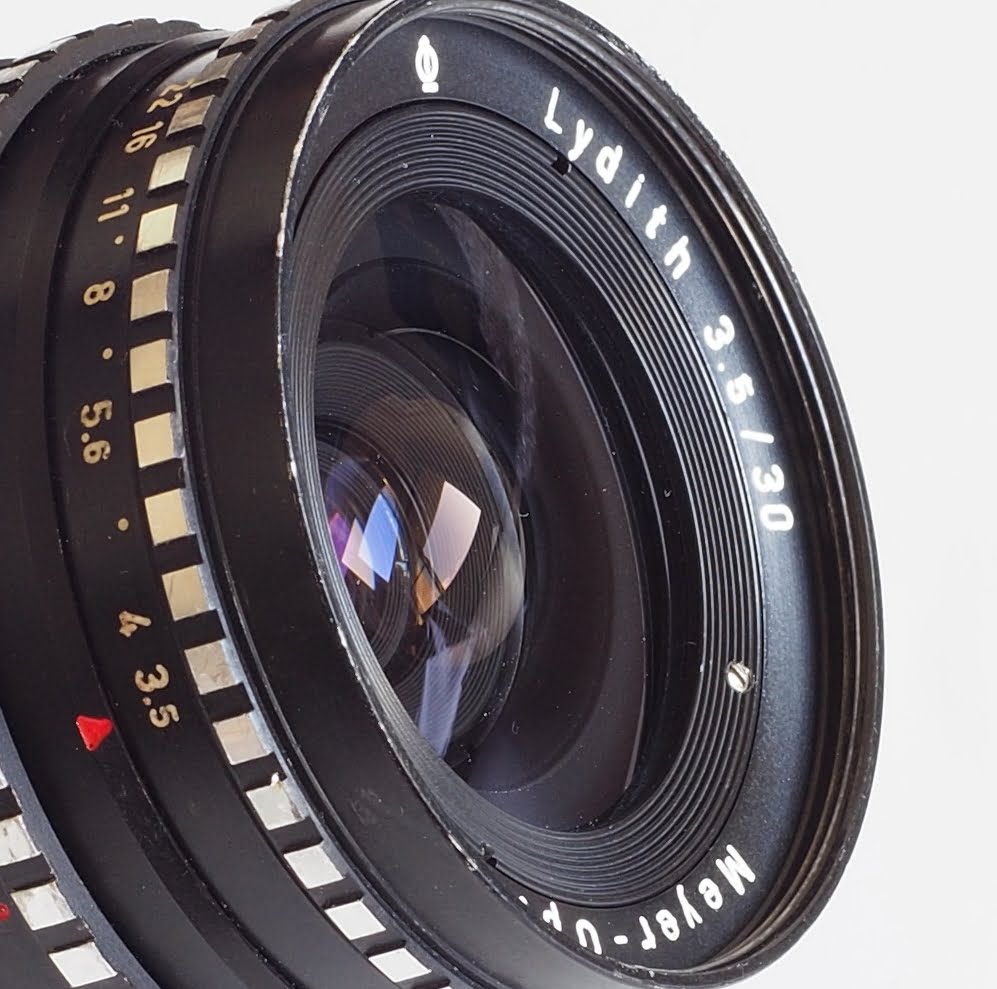

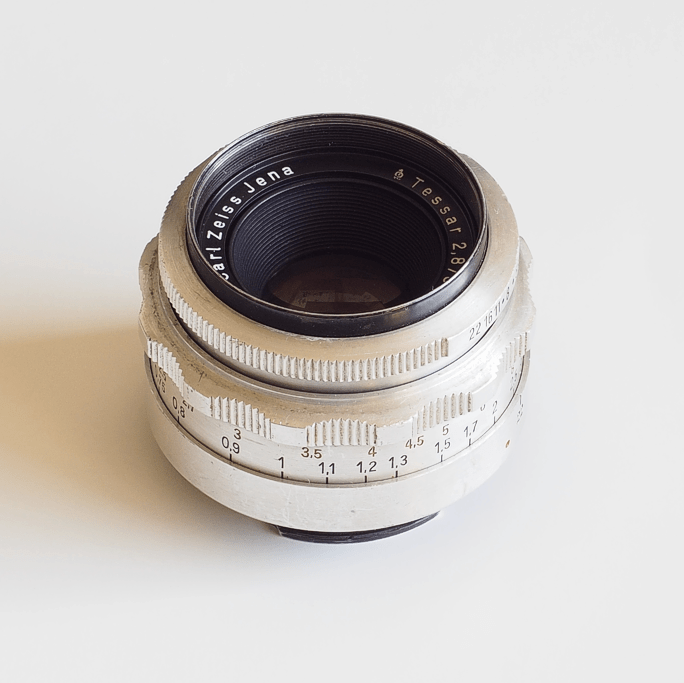

I really appreciated the historical detail. Recently bought this lens and getting loads of use from it.